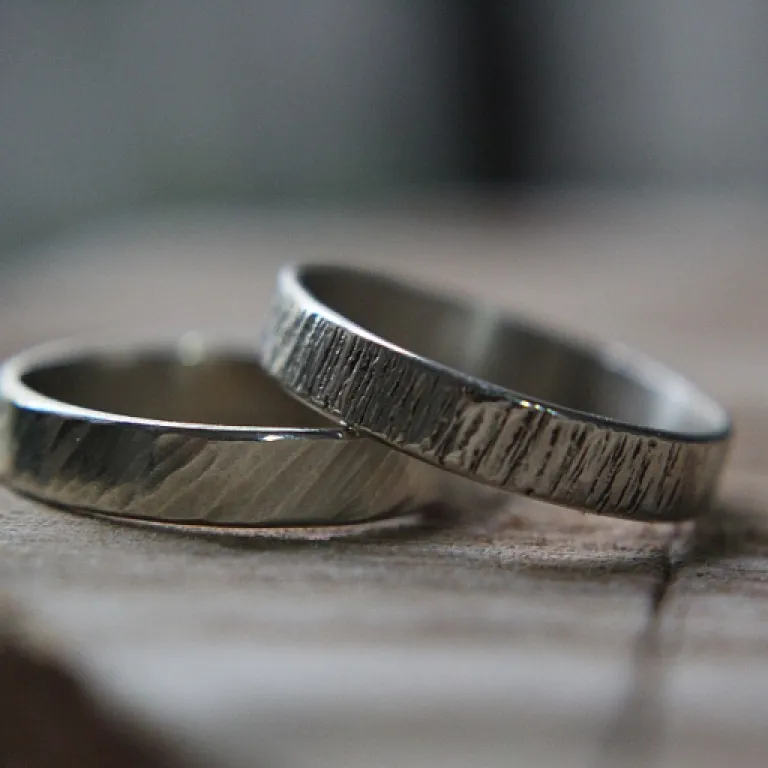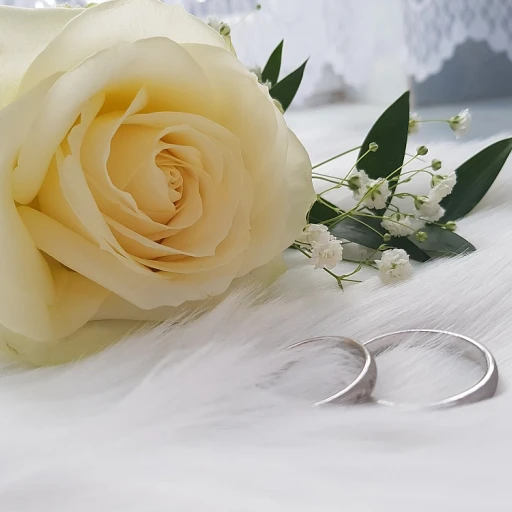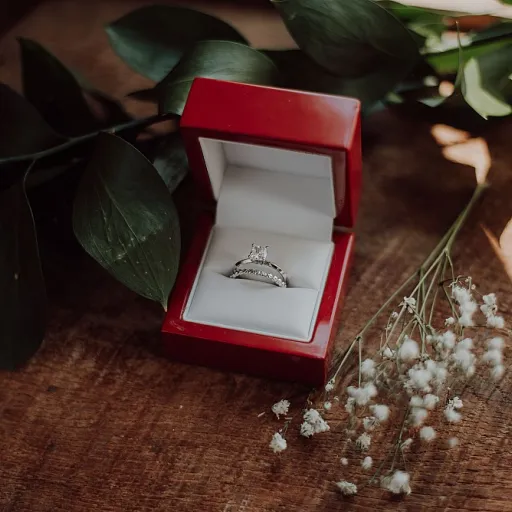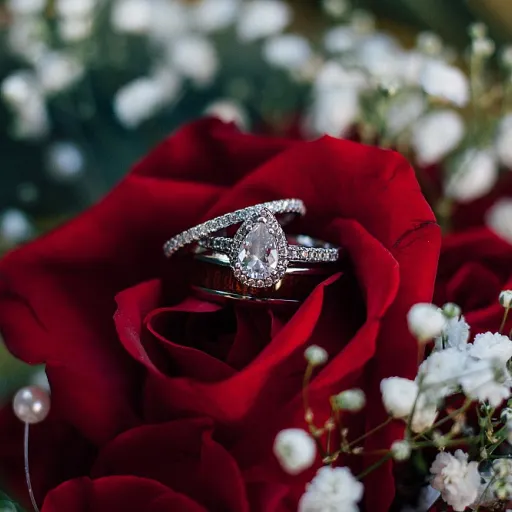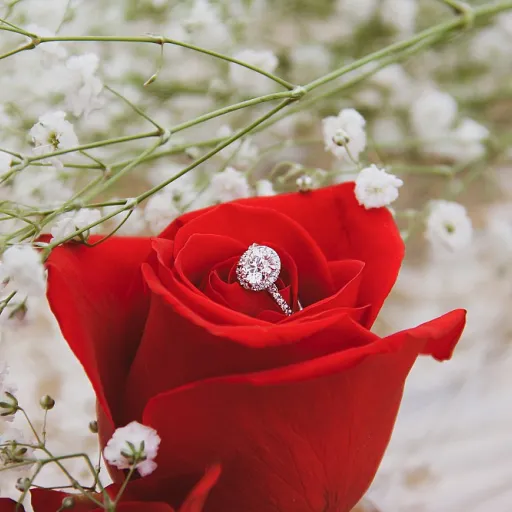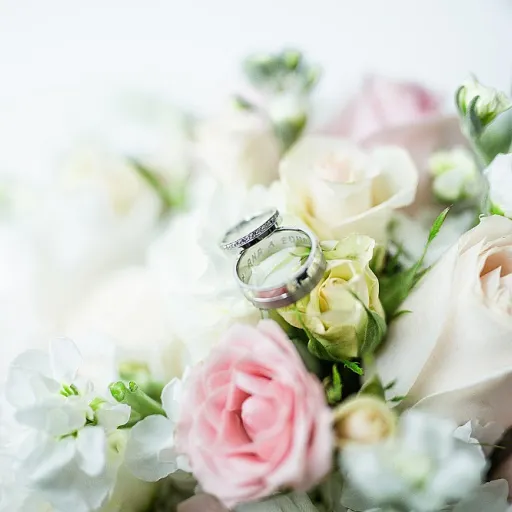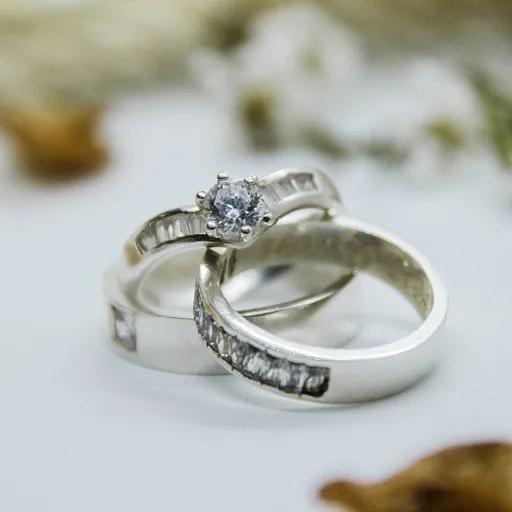
Understanding the symbolism of engagement rings stones
The Meaning Behind Your Center Stone
When selecting an engagement ring, the stone you choose is more than just a beautiful centerpiece. Each gemstone carries its own story and symbolism, reflecting personal values, traditions, and even hopes for the future. For many, the center stone becomes a symbol of commitment and the unique bond between two people. Diamonds, for example, are often chosen for their association with enduring love and strength. Their high Mohs hardness makes them a practical choice for everyday wear. Sapphires, available in a range of colors including classic blue and even yellow, are linked to loyalty and wisdom. Emeralds, with their vibrant green hue, symbolize renewal and growth, while moss agate is cherished for its earthy, calming energy. The metal you pair with your gemstone also adds to the ring’s meaning. Yellow gold, white gold, rose gold, and platinum each bring their own character. Yellow gold is timeless and warm, white gold offers a modern touch, rose gold is romantic, and platinum is prized for its durability and rarity. The combination of gemstone and metal can help you express your personal style and values. For those interested in unique or unconventional choices, lab grown stones and alternative gems like turquoise or moissanite offer new ways to tell your story. If you’re drawn to the idea of a turquoise wedding ring, you might appreciate its symbolism of protection and tranquility. You can learn more about the allure of turquoise and its place in engagement jewelry in this guide to turquoise wedding rings. As you explore gemstone engagement rings, consider how your choice of center stone, side stones, and even the ring setting can reflect your journey together. Whether you prefer classic diamonds, vibrant sapphires, or a ready to ship ring with a unique gemstone, your engagement ring becomes a lasting symbol of your shared story.Popular types of stones for engagement rings
Classic and Modern Gemstones for Engagement Rings
When it comes to selecting the perfect center stone for your engagement ring, there is a wide variety of gemstones to consider. Each stone brings its own unique beauty, values, and symbolism, making the choice deeply personal. Here’s a look at some of the most popular options available today, whether you’re shopping for a ready to ship ring or customizing your own design.
- Diamond: The classic choice for engagement rings, diamonds are celebrated for their brilliance and durability. With a high Mohs hardness, they are ideal for everyday wear. Lab grown diamonds are also gaining popularity for their ethical and sustainable appeal.
- Sapphire: Available in a range of colors, sapphires are valued for their vibrant hues and strength. Blue sapphire is especially sought after, but yellow, pink, and even white sapphires offer unique alternatives.
- Emerald: Known for their rich green color, emeralds symbolize renewal and love. They pair beautifully with yellow gold or platinum settings, though they require a bit more care due to their lower hardness.
- Moissanite: This lab created gemstone is loved for its fire and sparkle, offering a budget-friendly and ethical alternative to diamonds. Moissanite is also quite durable, making it suitable for daily wear.
- Moss Agate: For those seeking a truly unique gemstone engagement ring, moss agate features natural green inclusions that make every stone one-of-a-kind. It looks stunning in both rose gold and white gold settings.
- Garnet: With its deep red tones, garnet is a meaningful choice for those who value passion and commitment. Discover more about the allure of garnet engagement rings and how they can add a personal touch to your jewelry.
Other notable options include lab diamond, aquamarine, and unique east west set stones. The metal you choose—whether yellow gold, white gold, rose gold, or platinum—can enhance the color and character of your chosen gemstone. Side stones and wedding bands can also be coordinated for a cohesive look.
When you shop for engagement rings, consider not only the gemstone but also the setting, metal, and overall design. Whether you prefer a gemstone engagement ring with a traditional diamond or a distinctive moss agate, there’s a perfect ring ready to ship or customize to reflect your story.
Factors to consider when choosing your stone
What to Look for When Selecting Your Stone
Choosing the center stone for your engagement ring is a meaningful step, and several factors can influence your decision. The right gemstone should reflect your values, lifestyle, and personal style, while also complementing the metal and setting you prefer—whether that's yellow gold, white gold, rose gold, or platinum. Here are some key considerations to help guide your choice:
- Durability: Consider the Mohs hardness of your chosen gemstone. Diamonds, sapphires, and rubies are popular for engagement rings because they are durable enough for everyday wear. Softer stones like emerald or moss agate require more care and may be better suited for those who are gentle with their jewelry.
- Color and Style: The color of your stone should harmonize with your ring's metal. For example, yellow gold enhances the warmth of yellow or green gemstones, while white gold and platinum can make blue sapphires or lab diamonds stand out. Rose gold pairs beautifully with stones that have pink or red hues.
- Shape and Setting: The cut of your gemstone—such as round, oval, or east west—affects how it catches the light. The setting, whether classic solitaire or accented with side stones, also impacts the overall look and security of your engagement ring.
- Ethical Sourcing: If ethical values are important to you, consider lab grown diamonds or created gemstones. These options offer beauty and durability while supporting responsible sourcing. Many shops now offer ready to ship rings with lab grown or ethically sourced stones.
- Budget: Your budget will influence your options. Lab diamonds and alternative gemstones like moss agate or sapphire can offer stunning looks at a more accessible price point than traditional diamonds.
For a comprehensive ring guide on how to balance stone choice with metal and setting, explore the elegance of a wide gold band for your wedding. This resource can help you understand how different combinations of gemstone, metal, and style come together to create a ring that's uniquely yours.
Remember, whether you choose a classic diamond, a vibrant sapphire, or a unique gemstone engagement ring, the most important factor is that your ring feels right for you and your partner. Take your time to shop, compare options, and find a piece of jewelry that will be cherished for years to come.
Ethical and sustainable stone options
Making Responsible Choices: Ethical and Sustainable Stones
When selecting the center stone for your engagement ring, considering ethical and sustainable options is increasingly important. Many couples want their values reflected in their jewelry, ensuring their ring is as meaningful as their commitment. The journey to a responsible gemstone involves understanding sourcing, environmental impact, and the working conditions behind each stone.
- Lab Grown Diamonds and Gemstones: Lab grown stones, including lab diamond and lab-created sapphire, offer a responsible alternative to mined stones. These gems are virtually identical to natural stones in appearance and durability, but they are created in controlled environments, reducing environmental impact and avoiding many ethical concerns associated with traditional mining.
- Traceable Sourcing: Some jewelers provide full transparency about the origin of their gemstones. Whether you choose emerald, moss agate, or sapphire, ask your shop about traceability and ethical sourcing. This ensures your engagement ring aligns with your values.
- Recycled Metals: Pairing your gemstone with recycled gold, platinum, or other metals like yellow gold, white gold, or rose gold further enhances the sustainability of your ring. Many jewelers offer ready to ship rings crafted from recycled materials, reducing the demand for new mining.
- Alternative Gemstones: Consider unique stones such as moss agate or lab-created gemstones for your engagement ring. These options often have a lower environmental footprint and can be customized in various settings, from east west to classic solitaires.
When shopping for engagement rings, look for certifications or guarantees that confirm ethical practices. Whether you’re drawn to a gold yellow band, a platinum setting, or a gemstone engagement ring with side stones, making informed choices supports both your values and the planet. For those who want their jewelry to tell a story of responsibility, ethical and sustainable stones are a beautiful way to begin your journey together.
Customizing your engagement ring with unique stones
Personalizing Your Ring with Distinctive Gemstones
When it comes to customizing your engagement ring, the center stone is just the beginning. Many couples today are moving beyond traditional diamonds and exploring unique gemstones to reflect their personal values and style. Whether you’re drawn to the lush green of an emerald, the deep blue of a sapphire, or the enchanting patterns of moss agate, your choice can make your ring truly one-of-a-kind. Gemstone engagement rings allow you to play with color and symbolism. For example, yellow gold or rose gold settings can enhance the warmth of colored stones, while white gold or platinum offers a modern, sleek backdrop that makes vibrant gemstones pop. You can even combine metals, such as gold platinum or gold white, for a custom look that’s both contemporary and timeless.Creative Setting Styles and Stone Arrangements
The setting you choose can dramatically influence the appearance of your engagement ring. East west settings, where the gemstone is set horizontally, are gaining popularity for their modern twist. Adding side stones—like lab diamond accents or smaller sapphires—can create extra sparkle and visual interest. Mixing gemstones, such as pairing a lab grown center stone with natural side stones, is another way to express your individuality.- Consider mohs hardness when selecting unique stones, as some gems require more care than others.
- Ready ship options are available if you want a custom look without the wait, but bespoke designs offer full creative control.
- Wedding bands can be coordinated with your engagement ring, using matching metals or complementary gemstones for a cohesive set.
Ethical Choices and Modern Alternatives
Many couples are choosing lab grown gemstones for their engagement rings. These stones offer the same beauty as mined gems, often at a more accessible price point, and align with ethical and sustainable values. Lab diamond, created sapphire, and other lab grown options are widely available in today’s jewelry market. When you shop for your ring, look for jewelers who are transparent about sourcing and offer a range of gemstone engagement rings. Some shops even have ready to ship pieces, so you can find a unique ring without a long wait. Always check the sale section for special deals on custom or one-of-a-kind rings. Customizing your engagement ring with unique stones and settings lets you create a piece of jewelry that’s as meaningful as it is beautiful. Use a ring guide to explore your options, and don’t hesitate to ask about the durability and care requirements for your chosen gemstone.Caring for your engagement ring stone
Daily Habits for Preserving Your Stone’s Beauty
Whether your engagement ring features a classic diamond, a vibrant sapphire, or a unique gemstone like moss agate or emerald, proper care is essential to maintain its brilliance. The type of metal—yellow gold, white gold, rose gold, platinum, or even gold platinum—can also affect how you clean and protect your ring. Here are some practical tips to help you keep your center stone and setting looking their best:
- Remove your ring during hands-on activities: Take off your engagement ring when gardening, cleaning, or exercising to avoid scratches and knocks, especially if your gemstone has a lower Mohs hardness.
- Store safely: Keep your ring in a soft pouch or a jewelry box with separate compartments to prevent your gemstone and metal from scratching against other jewelry.
- Avoid harsh chemicals: Household cleaners and beauty products can dull the shine of your gemstone and damage metals like yellow gold or rose gold. Remove your ring before using these products.
Cleaning Methods for Different Stones and Metals
Each gemstone and metal combination—be it a lab diamond in a white gold setting or a sapphire in yellow gold—requires specific cleaning techniques. For most gemstone engagement rings, a gentle soak in warm water with mild soap, followed by a soft brush, is effective. However, softer stones like emerald or moss agate need extra care, as they can be more easily scratched or damaged.
- Lab grown stones: Clean with a soft cloth and avoid ultrasonic cleaners unless the manufacturer recommends it.
- Gold and platinum settings: Use a non-abrasive cloth to maintain the metal’s luster. For gold yellow or gold white, avoid abrasive polishes.
- Side stones and intricate settings: Pay attention to the small crevices where dirt can accumulate, especially in east west or vintage-inspired settings.
Professional Maintenance and Long-Term Care
Regular check-ups with a trusted jewelry shop are important. A professional can inspect your engagement ring for loose stones, worn prongs, or any issues with the setting. This is especially crucial for rings with multiple side stones or custom designs. Many shops offer ready ship cleaning kits or maintenance services, and some even provide care guides tailored to your specific gemstone and metal combination.
- Annual inspections: Schedule a yearly visit to your jeweler to ensure your ring is secure and sparkling.
- Insurance: Consider insuring your engagement ring, especially if it features rare gemstones or high-value metals like platinum or gold platinum.
By following these care tips, you’ll help preserve the beauty and values of your engagement ring for years to come, whether it’s a classic solitaire, a gemstone engagement ring, or a modern lab grown creation. For more guidance, explore our ring guide or consult with your jewelry professional before making any cleaning or maintenance decisions.

